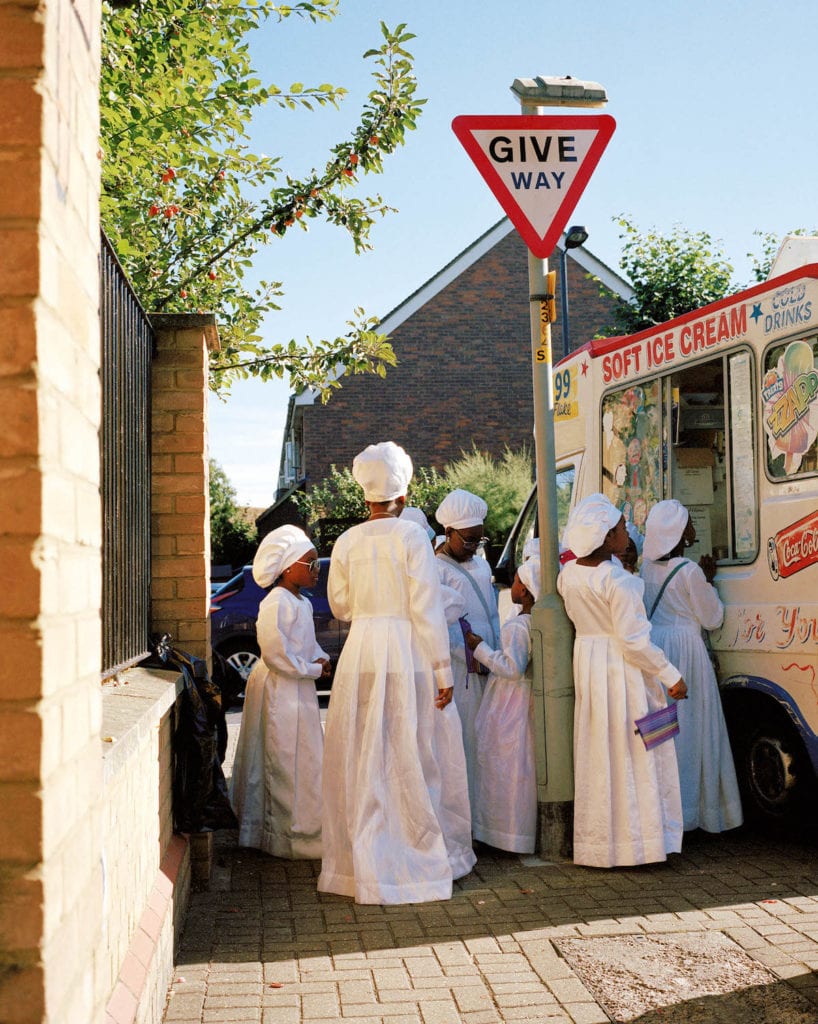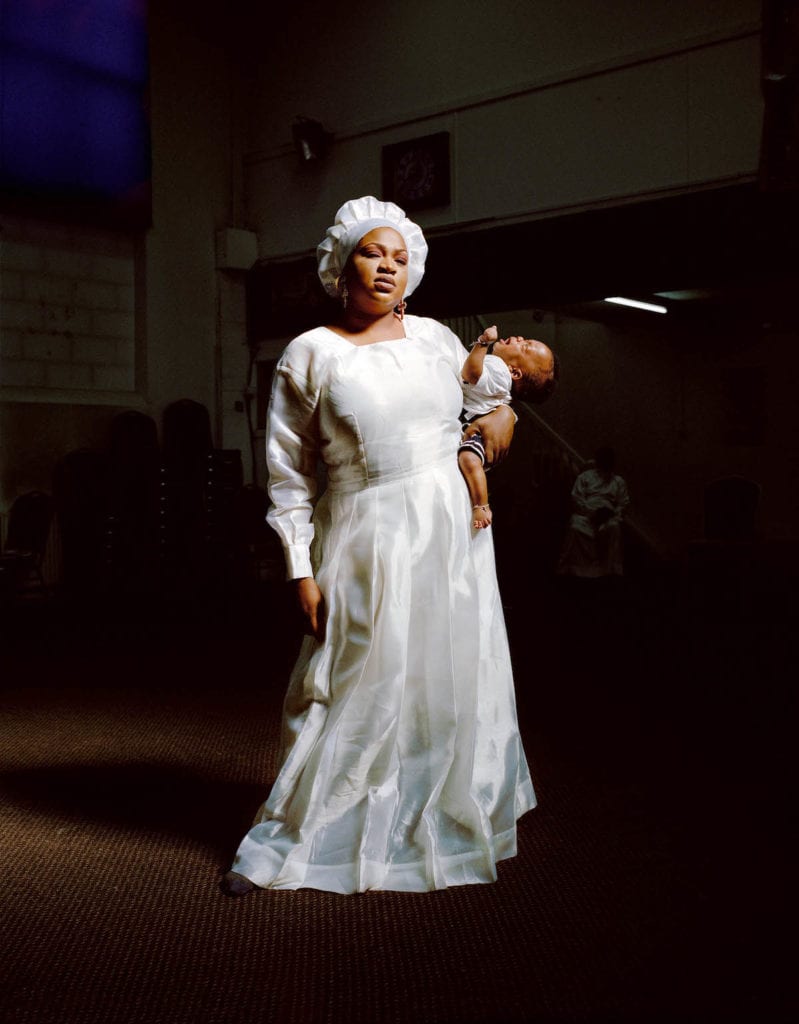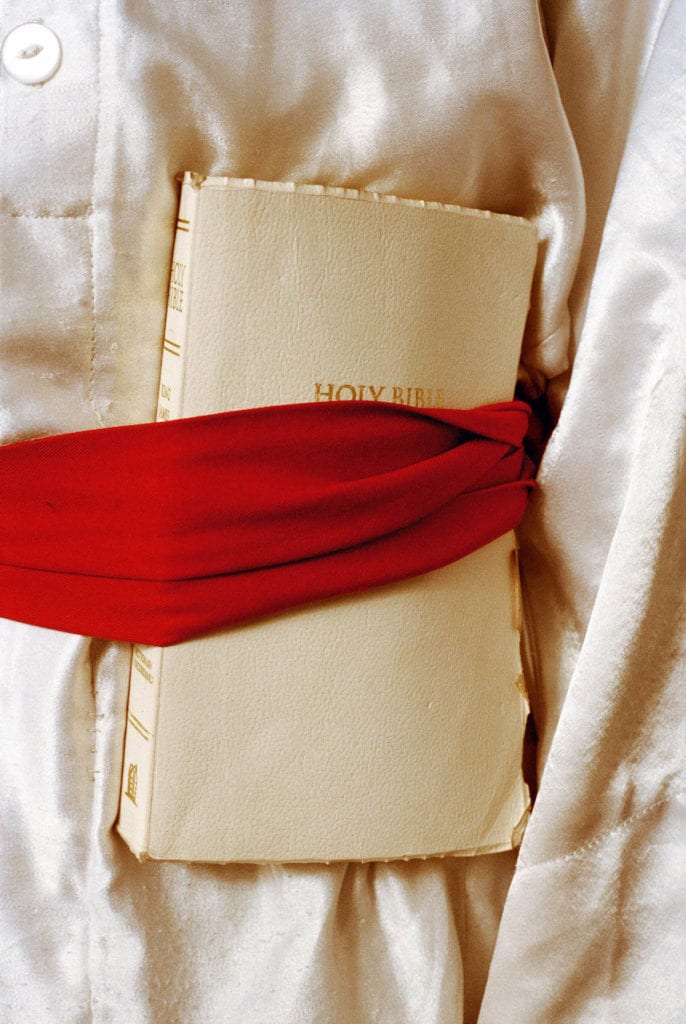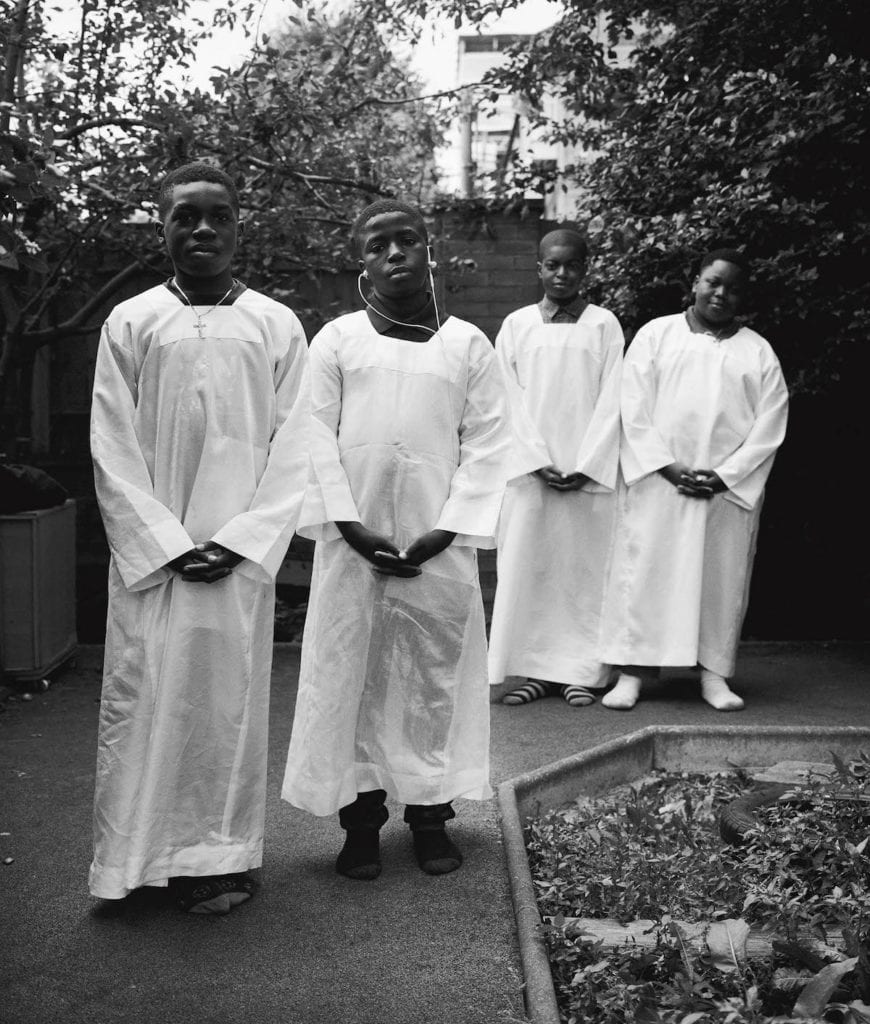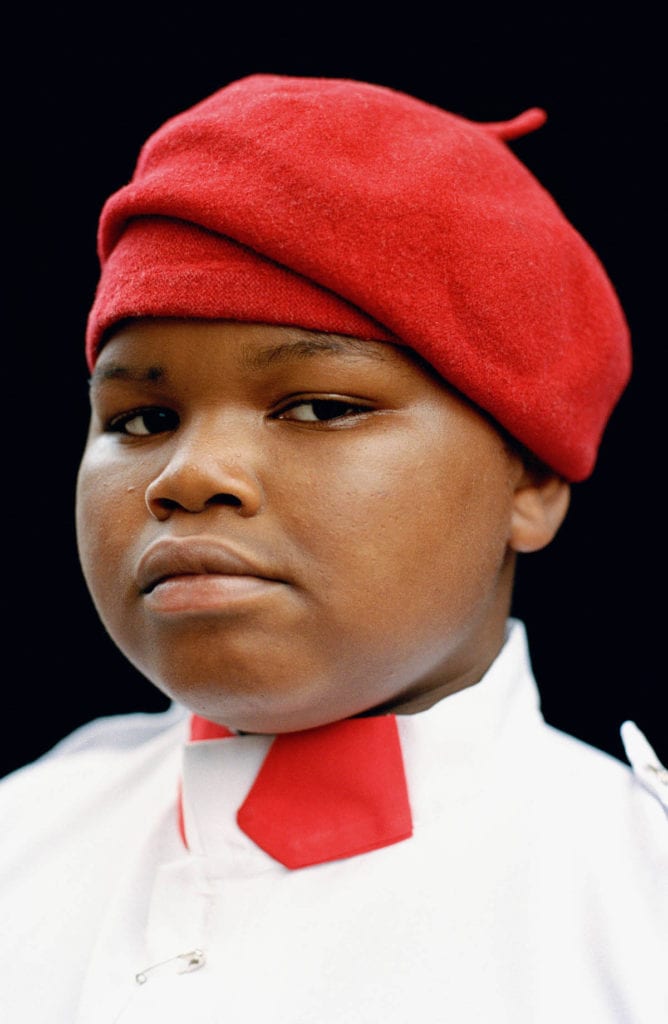“Shared stories bring people together,” says Sophie Green who, over the course of two years, photographed the Aladura Spiritualist African congregations of Southwark in south-east London. Also known as “White Garment” churches, Aladura is a denomination of Christianity predominantly practised by Yoruba Nigerians. Even though the faith has become synonymous with parts of London – Southwark holding the highest concentration of African churches outside the continent – it has been rarely documented.
Curious about what glues individuals together as a community, Green asked a passing congregation member if she could accompany her that Sunday. On invitation, the photographer proceeded to “watch the seven-hour service in awe.”
“There is a joy and energy in these congregations that I have never witnessed before,” Green explains. “The services are collaborative, and there is a freedom for people to express themselves and their cultural roots.” Such powerful unification over a belief, and the moving shared experience, triggered Green’s desire to document what she had witnessed. As well as honouring faith, these services are a way for the community to come together and feel connected to their heritage. “I have always been drawn to groups who are proud to be themselves and these congregations positively illustrate collective identity,” says Green. “They create a sense of belonging for many African families and I felt like that was something to express and celebrate.”
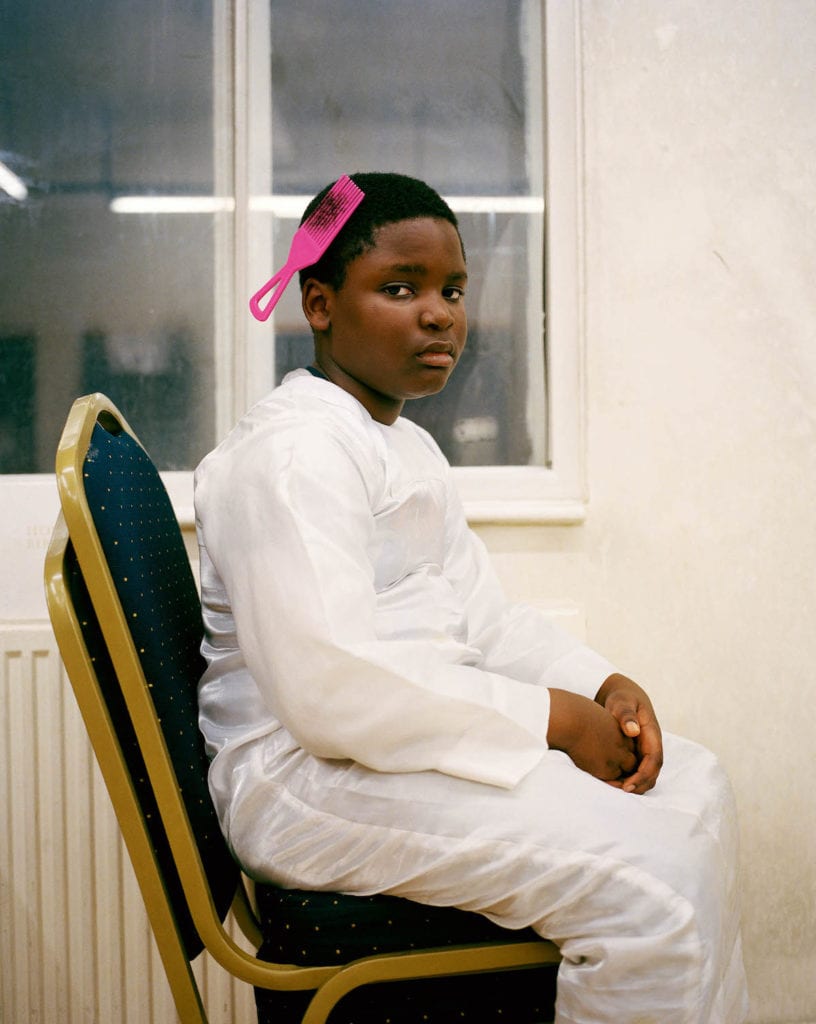
In the Aladura Spiritualist African church, tradition and culture are entwined with religion. The five to seven hour-long services are presented in Yoruba, a pluricentric language spoken mainly in Nigeria, and include drumming, dancing and native hymns. Afterwards, West African cuisine is offered – fried rice, jollof rice and beef stews.
Green acknowledges that as someone who has grown up without faith, she will never be able to fully understand the religion and all it entails. “Image-makers are communicating a story or issue, and we bear the responsibility of that,” she says. “I always try to make the process a fair and balanced exchange. The subjects share their world with me, and I filter that information and find what I hope will be the most respectful and stimulating way to share the story.”
It took the photographer one year before she was able make an image she was happy with – produced only once she had started collaborating with the congregants after the services. The resulting images are “as stylised as they are spiritual” – intimate and indicative of a level of trust. Green often photographed a subject on multiple occasions as they would return with a different idea about how they wanted to be portrayed. She held workshops for the youth members and recalls how most “photography sessions ended up in dance-offs and gymnastic performances on the street.”
What is noticeable in these photographs is the level of performativity that is interlaced with the worship. “Services are far less formal than any Church of England ones I’ve experienced,” says Green. A playfulness continues from the songs of praise that take place inside the church, into the carparks and spaces outside – in Green’s photographs we observe children posing with balloons and playing with hoops and chalk. Many of the churches Green photographed are located in industrial estates, on busy high streets or in former office blocks. At first glance drab and unimaginative, these spaces have been transformed into something joyous – decked with colourful balloons, flowers, musical instruments and religious paraphernalia. “They’ve brought a spirit to an otherwise anonymous space,” says Green.
The photographer’s images are perhaps at their most striking when we witness two worlds come together. In Green’s photographs we see traditional garments adorned with modern accessories: Martin with headphones or Seun with a plastic baby carrier and sliders. “The presence of cellphones and digital cameras was widespread,” says Green. “The merge of modern technology in the sacred space was a natural extension of communication.”
Congregation is published by Loose Joints and available to buy now. www.sophiegreenphotography.com
–
